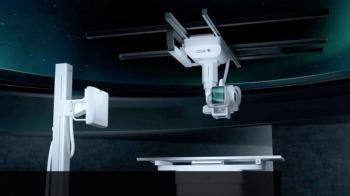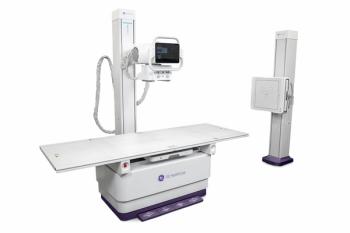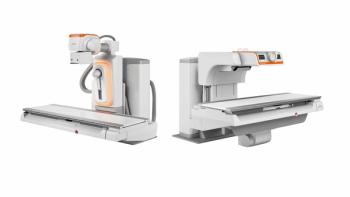
Radiographic View Standards for Postmortem Identification
Researchers have developed a set of standards to allow for consistent postmortem identification.
A set of radiographic view standards using three views provides a consistent approach to positive identification, according to a study published in the
Researchers from North Carolina State University in Raleigh, Middle Tennessee State University in Murfreesboro, and the University of South Florida in Tampa evaluated the use of various anatomical features visible in standard radiographs in order to develop a system that would make it possible to make positive identifications through radiographic comparisons.
"In the past, forensic experts have relied on a mixed bag of standards when comparing ante mortem and post mortem X-rays to establish a positive identification for a body - but previous research has shown that even experts can have trouble making accurate identifications," lead author Ann Ross, PhD, professor of anthropology at North Carolina State University, said in a release.
The researchers used antemortem and postmortem images of the most frequent radiographs performed in a clinical setting. They used 41 craniofacial, 100 chest, and 49 proximal femur images, which they scored for the number of concordant features. These were then analyzed using classification decision trees.
The results showed that two or more points of concordance are required in lateral cranial radiographs for a 97% probability of a positive identification. In addition, they noted the following:
The use of lumbar radiographs was not helpful, the researchers noted. They provided a 40% misclassification, even if there were four matching traits. "Lumbar X-rays can be used to support information from other skeletal locations, but we think they are too unreliable to be used as the primary means of identification," Ross said in the release.
"We hope to build on these standards by compiling and evaluating a larger database of post mortem and ante mortem X-rays for these and other skeletal structures," Ross added.
Newsletter
Stay at the forefront of radiology with the Diagnostic Imaging newsletter, delivering the latest news, clinical insights, and imaging advancements for today’s radiologists.




























